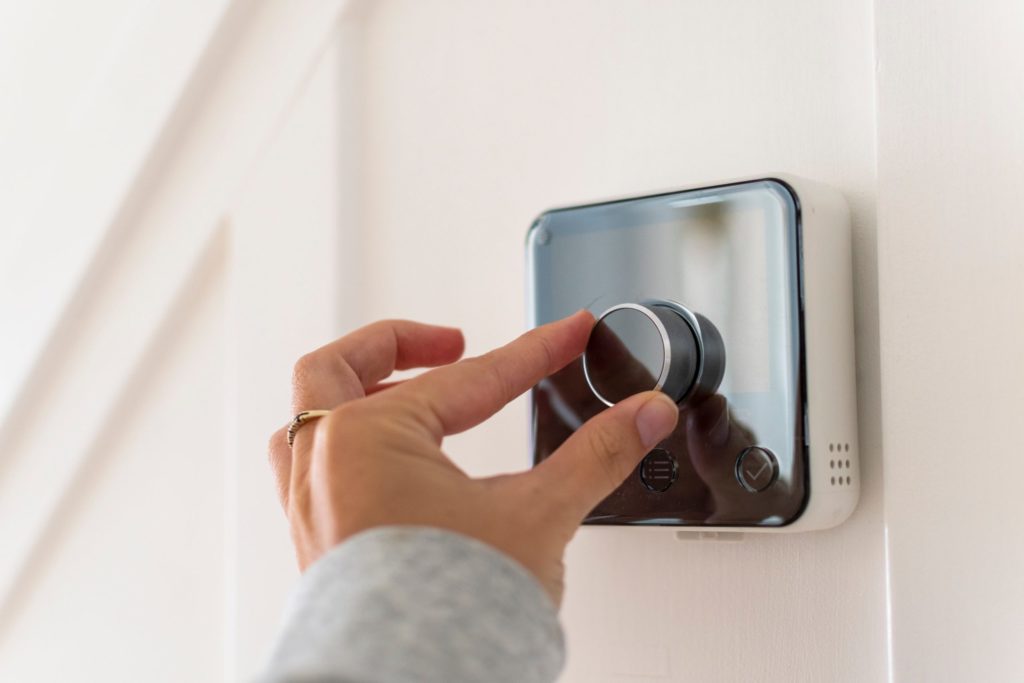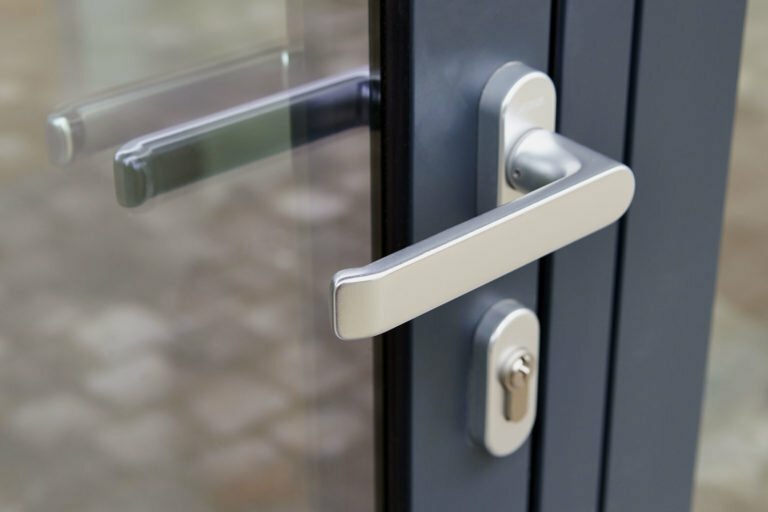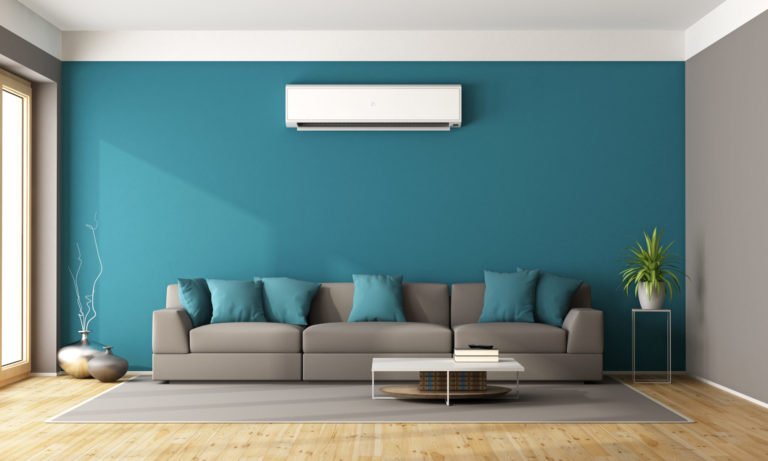Your thermostat is one of the most important pieces of equipment in your home when it comes to maintaining a comfortable environment. Not only does it help to regulate the temperature in your home, but it can also help to save you money on your energy bills. However, in order for your thermostat to function at its best, it needs to be kept clean. It can be difficult to know when to do that or if it’s necessary at any given moment if you’ve never been responsible for an HVAC system before. If you’re not sure where to start, read on for a few tips on how to tell if your thermostat is in need of cleaning and what to do if it is.
How can you tell your thermostat is in need of cleaning?
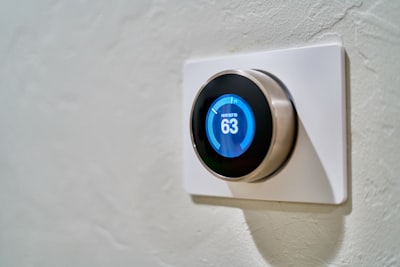
One of the easiest ways to tell if your thermostat is in need of cleaning is if it is not responding to your commands. If you are trying to increase or decrease the temperature and the thermostat is not responding, then it is likely that it is dirty and needs to be cleaned. Another way to tell if your thermostat is dirty is if it is covered in dust or if there is build-up of dirt and debris around the edges. If you notice any of these things, then it is time to give your thermostat a good cleaning. If cleaning doesn’t fix your thermostat’s performance issues, it may be one of the telltale signs that you need a new thermostat.
When it comes to cleaning your thermostat, there are several different methods that you can use. One way is to use a soft cloth or a brush to wipe away any dust or dirt. Another way is to use a vacuum cleaner with the hose attachment. If there is any build-up of dirt or debris around the edges, you can use a small brush or a toothpick to remove it. Be sure to avoid using any harsh chemicals or cleaning products, as they can damage the surface of your thermostat. Once your thermostat is clean, be sure to keep it that way by wiping it down occasionally with a soft cloth. This will help to keep it looking new and will prevent any build-up of dirt and dust.
After you’ve cleaned your thermostat, it’s possible you may still experience performance issues, which may indicate that you need to invest in thermostat replacement. Some examples of indications that you need a new thermostat include: not maintaining the indoor temperature you set, turning off unexpectedly, and displaying an inaccurate temperature reading. If you experience any of these problems, it’s a good idea to call an HVAC technician and find out if it’s time for a new thermostat.
What else can you do to maintain a comfortable indoor temperature?
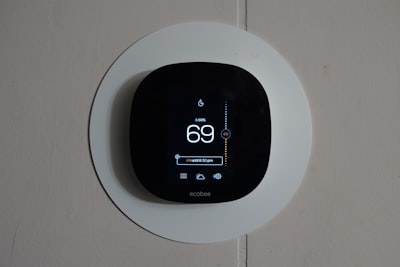
A smart thermostat is a great way to upgrade your home’s heating, ventilation, and air conditioning system. Not only do they provide homeowners with greater control over their comfort, but they can also make the system more effective and help save on energy costs. Smart thermostats come equipped with a variety of features that can help optimize your HVAC system. Many models can be programmed to adjust the temperature automatically based on occupancy or schedule. Others can learn your habits and preferences over time, creating a more personalized heating and cooling experience.
If you want to ensure that your HVAC system continues to run smoothly and efficiently, it’s necessary to perform regular maintenance on it. By routinely cleaning and inspecting your system, you can catch small problems before they turn into big ones, and keep your home comfortable all year long. You should change the filter at least once every three months, though many homeowners change theirs on a monthly basis to ensure peak performance, and have the unit inspected biannually. If your unit is experiencing trouble and is over a decade old, it may be time to consider a replacement.
As you can see, there’s a lot that goes into keeping your HVAC in good working order. Your thermostat needs to be cleaned frequently to avoid having its performance impacted by the presence of dust, dirt, and debris. Problems with your thermostat could also indicate that it needs to be repaired or replaced, so you should call an HVAC professional if cleaning doesn’t resolve any performance issues you’re experiencing. Ultimately, your HVAC system will give back as much as you put into it, and that includes cleaning your thermostat.

